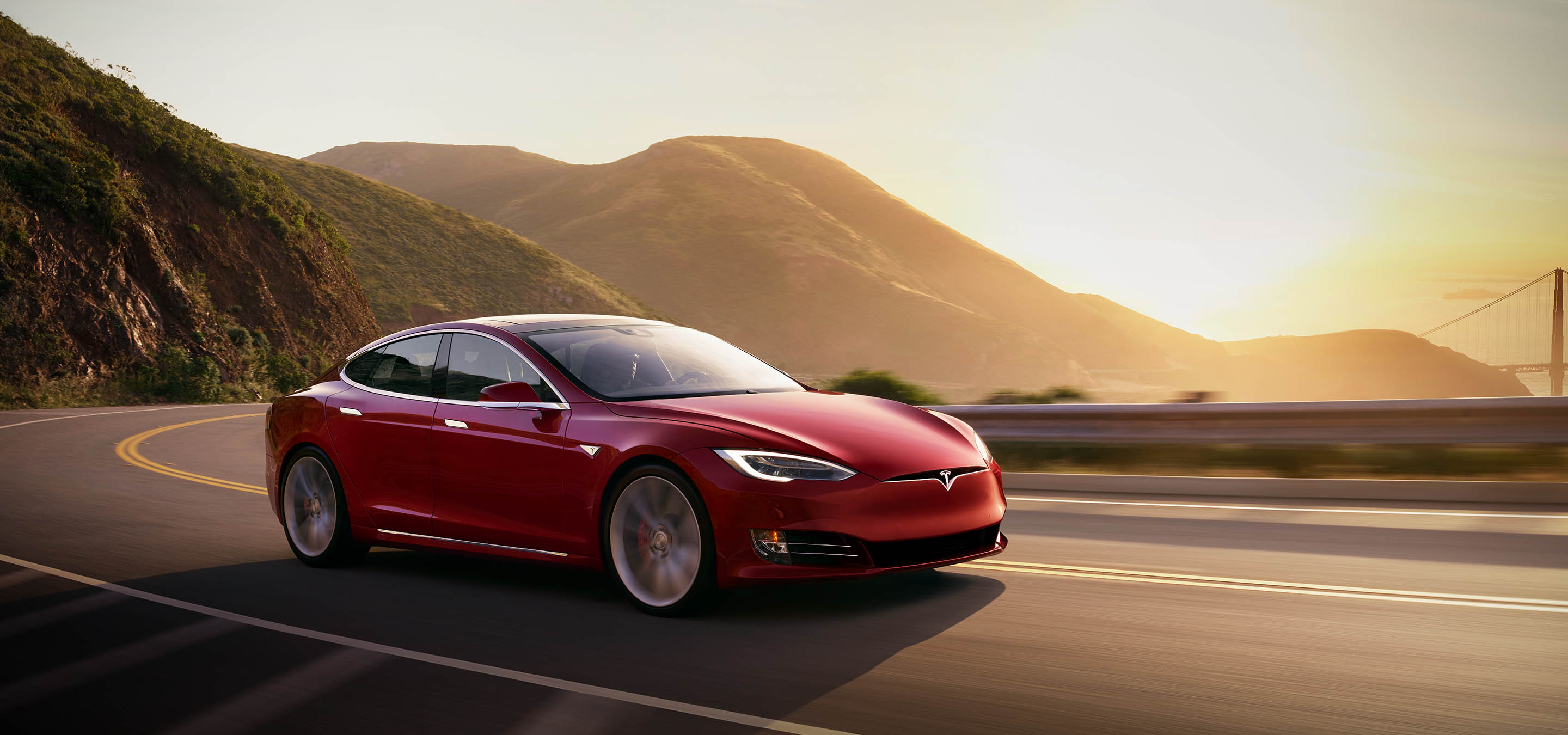
Global demand for cobalt and nickel, two of the essential elements in electric car batteries, has never been higher. But where do all those metals come from? And do we even have enough for our electrified future? The answers to those questions are getting increasingly complex.
Reuters and Bloomberg both have stories out today on the metals and, as Reuters reports, while demand for nickel keeps increasing, half the world’s nickel supply is too low in quality to use for car batteries.
All of which is going to have seismic effect on the world’s suppliers. In short: There will be winners and losers, and the winners will be the ones with the highest-grade stuff—not unlike, I suppose, the illicit drugs market.
From Reuters:
Some of the biggest producers of the higher-grade ores, including BHP Norilsk Nickel, Vale and Sumitomo Corp, are moving quickly to take advantage and seal long-term supply deals with battery producers.
Smaller producers with ores suitable for batteries, such as Australia’s Independence Group and Western Areas also stand to win. These producers are building plants to convert the metal into a powder-like sulfate that is particularly suited for use in batteries. Sulfate nickel regularly fetches a price premium over London Metal Exchange-traded nickel.
[…]
Among those losing out would be lower-grade nickel mines like Cerro Matoso in Columbia, owned by South32 Ltd and Glencore’s Koniambo in New Caledonia, as well as Anglo American’s mines in Brazil producing ferronickel.
“The market dynamics will change in the coming years as a result of electric vehicles,” said Peter Bradford, chief executive of Independence Group Ltd, which is aiming to produce around 25,0000 tonnes of high-purity nickel this year from a new mine.
(Now might be the moment for a factoid: That nickel in your pocket? It’s only 25 percent actual nickel, the rest being copper. It was never actually 100 percent nickel.)
Anyway, moving on. What of cobalt? Bloomberg sent a writer and photographer to Cobalt, Ontario, about 300 miles north of Toronto, to find out. The town, which began life as a silver town, also is believed to have some cobalt, though no one’s really found much yet.
With the silver mines long abandoned, though, the town’s remaining 1,000 residents are holding out some hope. Prospectors, meanwhile, are amping up searches, as they try to find what they think might be undiscovered troves of cobalt beneath the surface.
The search for a new source of cobalt isn’t taking place in just Cobalt, Ontario, of course, as mining companies worldwide try to capitalize on the our electric car future. But the search is ramping up as the world’s biggest source of cobalt—the Democratic Republic of Congo, where about half of all cobalt comes from—is increasingly unstable, making car manufacturers nervous and cobalt all the more valuable.
From Bloomberg:
“This area’s seen more airborne surveys in the last year than in the last hundred,” said Gino Chitaroni, a local prospector and geologist. “Two years ago, if you had a cobalt property you couldn’t give it away. All of a sudden, within six months, everything changed.”
[…]
“Anybody who has cobalt outside the DRC is in a better situation because carmakers are very worried about their supply chains,” said Roger Bell, director of mining research at Hannam & Parters in London. Bell believes the amount of cobalt being used in electric cars could easily double in the next eight to 15 years. “Even in the most conservative assumptions, you’re looking at maybe a 20 percent gap between supply and demand for cobalt by 2025.”
Stock investors betting on cobalt are already benefiting. First Cobalt Corp., a Canadian miner exploring in the Cobalt area, has soared 90 percent this year. Cobalt 27 Capital Corp., another miner based in British Columbia, has jumped almost 600 percent. Neither company has any revenue.
As that last sentence indicates, the funny thing about Cobalt, Ontario, is that a huge trove of cobalt has not, yet, been found. Indeed, as one prospector told Bloomberg, the area hasn’t even really been properly explored yet.
Demand, though, will only continue to swell, the whole situation a bit reminiscent of turn-of-the-century-era wildcatters who found oil across the western United States as cars with internal combustion engines became ubiquitous. Opening at a theater near you in a hundred years: There Will Be Elements.
Avots: JALOPNIK